
I make money by taking photos and creating interesting vlogs, so the quality of sound is paramount for me. That’s why, I decided to find the best microphone for video recording.
Earlier, I often dealt with unclear audio with distorted sound and interfering background noise. That was terrible.
I wanted to cope with such issues and started my search for a good video-specific mic. A high-quality device can capture clear sound, which I will later use to create attention-grabbing content.
 According to my tests, Movo VXR10 is the best microphone for video recording. It is compact, captures crystal-clear audio, and efficiently handles surrounding noise.
According to my tests, Movo VXR10 is the best microphone for video recording. It is compact, captures crystal-clear audio, and efficiently handles surrounding noise.
Selecting a microphone for your video recording is an important task. While doing that, I considered such factors as sound clarity, noise cancellation, compatibility with my gear, and how easy it was to use.
I also wanted a mic that could handle different recording environments, from bustling streets to quiet studios. I created a rundown of suitable options with prices ranging from $22.99 to $284.
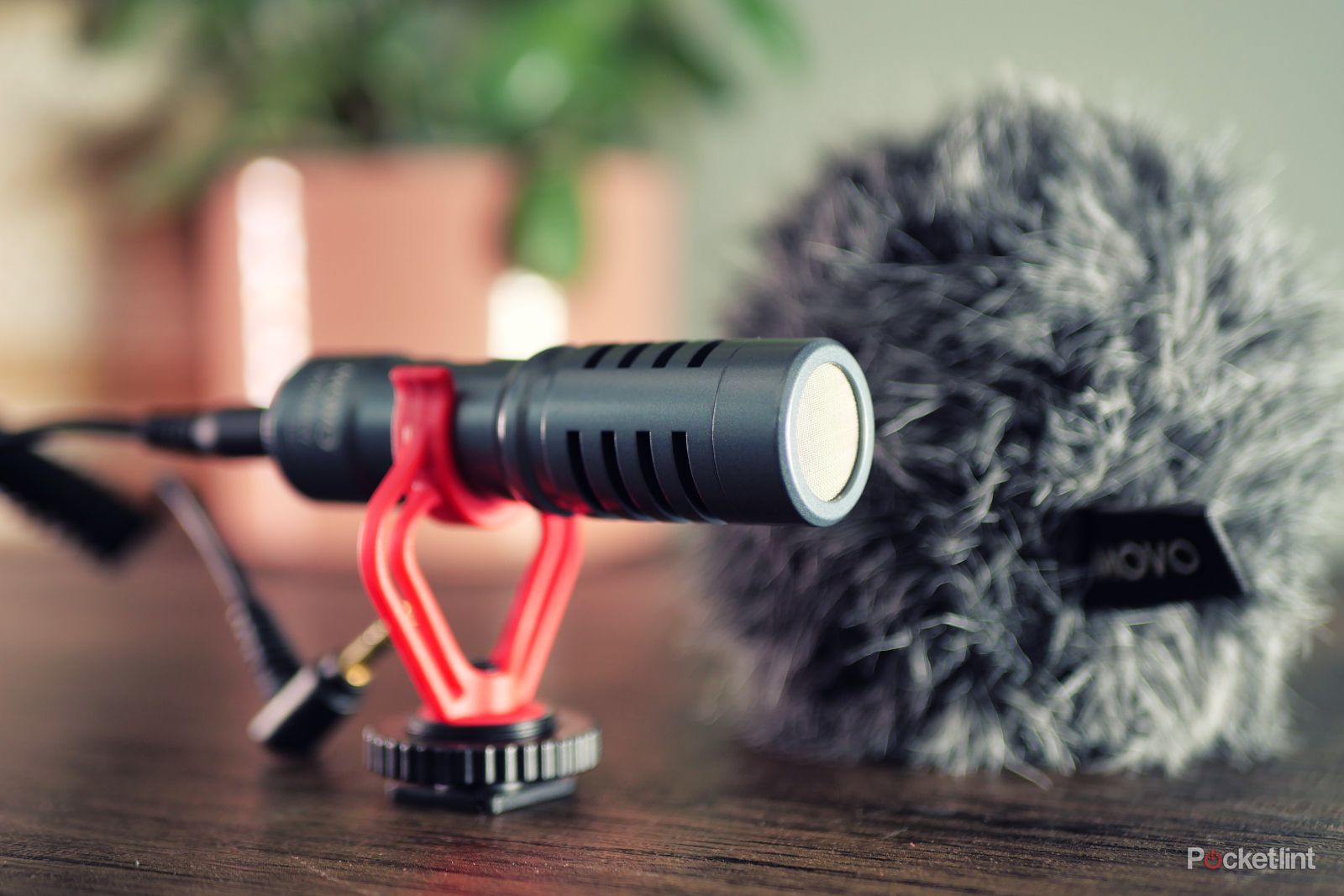
Audio sensitivity: 76 dB | Polar patterns: Unidirectional | Connectivity: Auxiliary | Frequency response: 35Hz-18kHz
If you think that the best microphone for recording YouTube videos should be compact yet powerful, this one will fit the bill. It belongs to the compact shotgun group of mics, bragging about terrific audio quality no matter whether it is paired with Android or iOS devices, DSLRs, camcorders, or laptops. With it, you can not only record content for YouTube but also for other platforms.
This cheap microphone for YouTube is built to last with its sturdy aluminum body. It doesn’t require batteries to work. There is a built-in shock mount that reduces handling noise, so it can become a reliable companion for outdoor vlogging. I used it with my DSLR for a series of YouTube videos, and it was super easy to set up. Even in windy conditions, you can still receive clear sound thanks to the included windsock.
Despite its low cost, the model delivers decent sound. So, you don’t need to spend multiple hours removing noise and other distractions during editing. The results are great both for indoor and outdoor recordings.
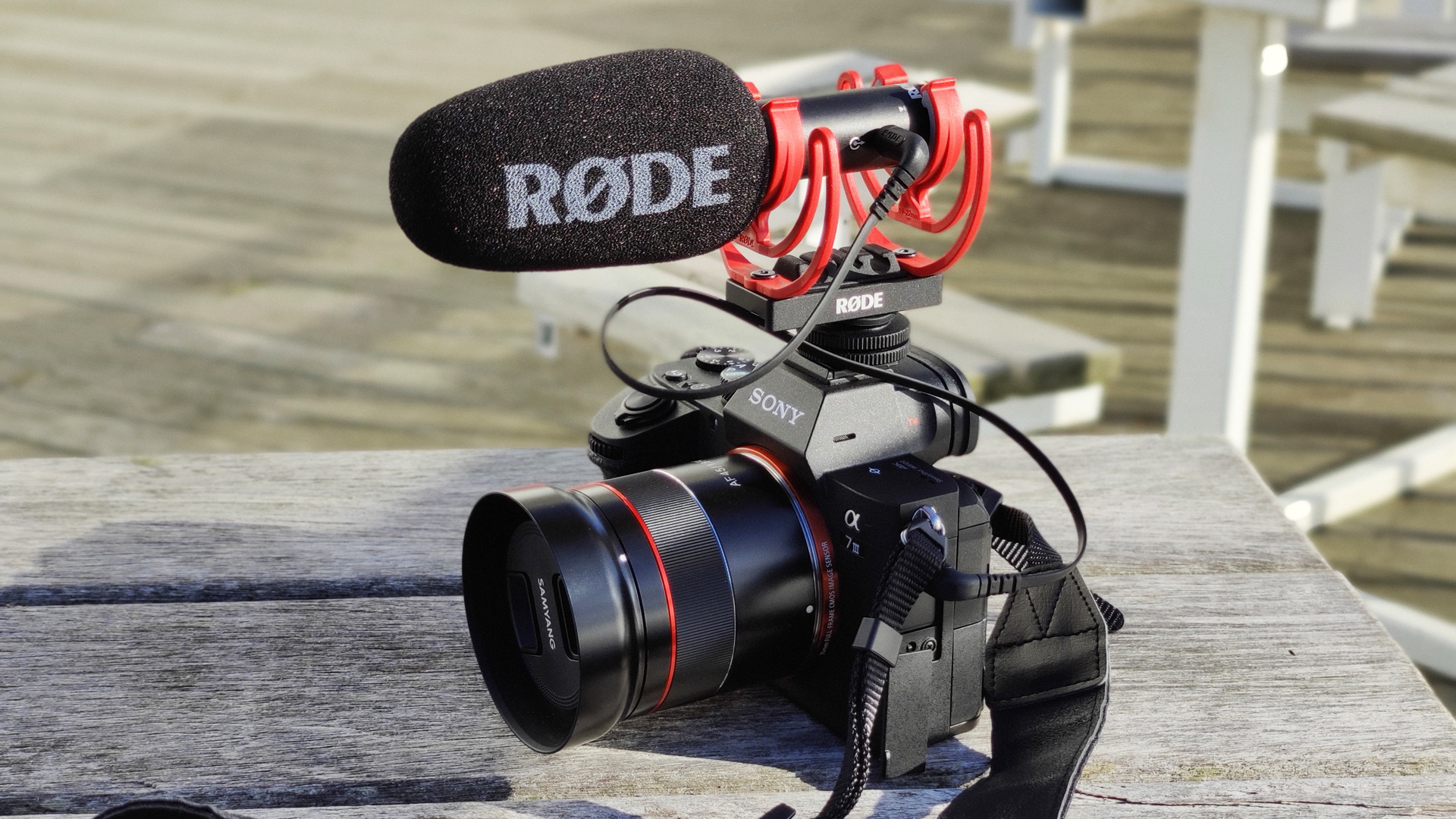
Audio sensitivity: 38 dB | Polar patterns: Unidirectional | Connectivity: USB | Frequency response: 20Hz-20kHz
The Rode VideoMic GO II is a fantastic choice for anyone looking for a small and lightweight microphone. It fits perfectly on my camera without adding too much weight. Moreover, it is easy to use. You just need to plug it in and start recording. The 3.5mm jack is suitable for connecting multiple cameras, including one I use. I also tested it with my phone and computer thanks to the USB connection.
I have recently used this streaming microphone when recording behind the scenes during a photoshoot with an influencer. The clarity of dialogues was amazing, even when interlocutors were at a distance from each other.
Besides, the GO II coped remarkably with surrounding noise. Since the source audio was of good quality, I didn’t need to make lots of tweaks during editing.
This microphone works seamlessly with RØDE’s podcasting and streaming software, RØDE Connect. You can also use RØDE Central to access additional features like a high-pass filter, high-frequency boost, and a pad.

Audio sensitivity: 132 dB | Polar patterns: Super Cardioid | Connectivity: Wired | Frequency response: 40Hz-20kHz
I like recording travel vlogs and I always want to capture clear sound. During my recent trip, I attached the MKE 600 to my Canon 5D III and started filming. The whole experience was very enjoyable. This mic is very durable and has many handy features.
For instance, the foam windshield and Low Cut filter appeared to be very helpful when I recorded on a windy beach.
This DSLR microphone has dramatically improved the sound quality of my vlogs, especially when capturing audio from a distance. There are no more muffled voices or background noise that drove me crazy earlier. Plus, with its long-lasting battery (up to 150 hours), you can vlog for hours without worrying about running out of juice.
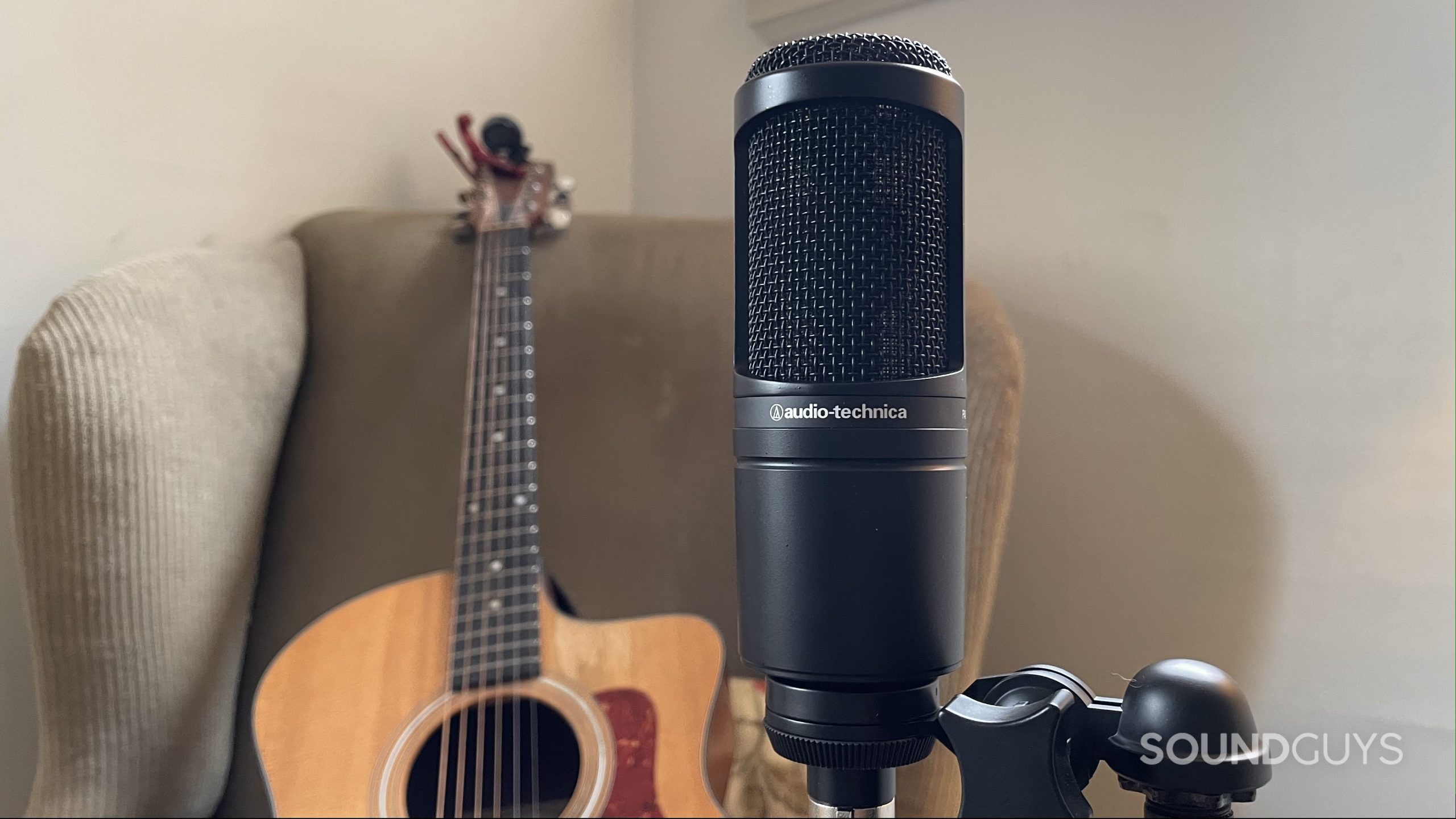
Audio sensitivity: 37 dB | Polar patterns: Unidirectional | Connectivity: XLR | Frequency response: 20Hz-20kHz
The title of the best microphone for recording videos is hard to earn, but Audio-Technica AT2020 is surely worth it. This model captures very clear sound and is efficient across a broad dynamic range. What’s more, this noise cancelling microphone has a very long-lasting design. I was pleased to add it to my home studio.
It can handle different sound levels, from whispers to shouts without distortion. Plus, thanks to its wide frequency response, it captures all the nuances of your voice and other sounds, so you will receive professional, natural audio.
I recently used the AT2020 for a series of tutorial videos and was absolutely impressed. Even in a less-than-ideal recording environment, this microphone delivered exceptional clarity and isolation. I easily connected it to my interface via XLR and got down to work.
It captured my voice with stunning detail and minimized background noise. So, if you want to receive good sound without tweaking it in multiple programs, opt for this microphone.
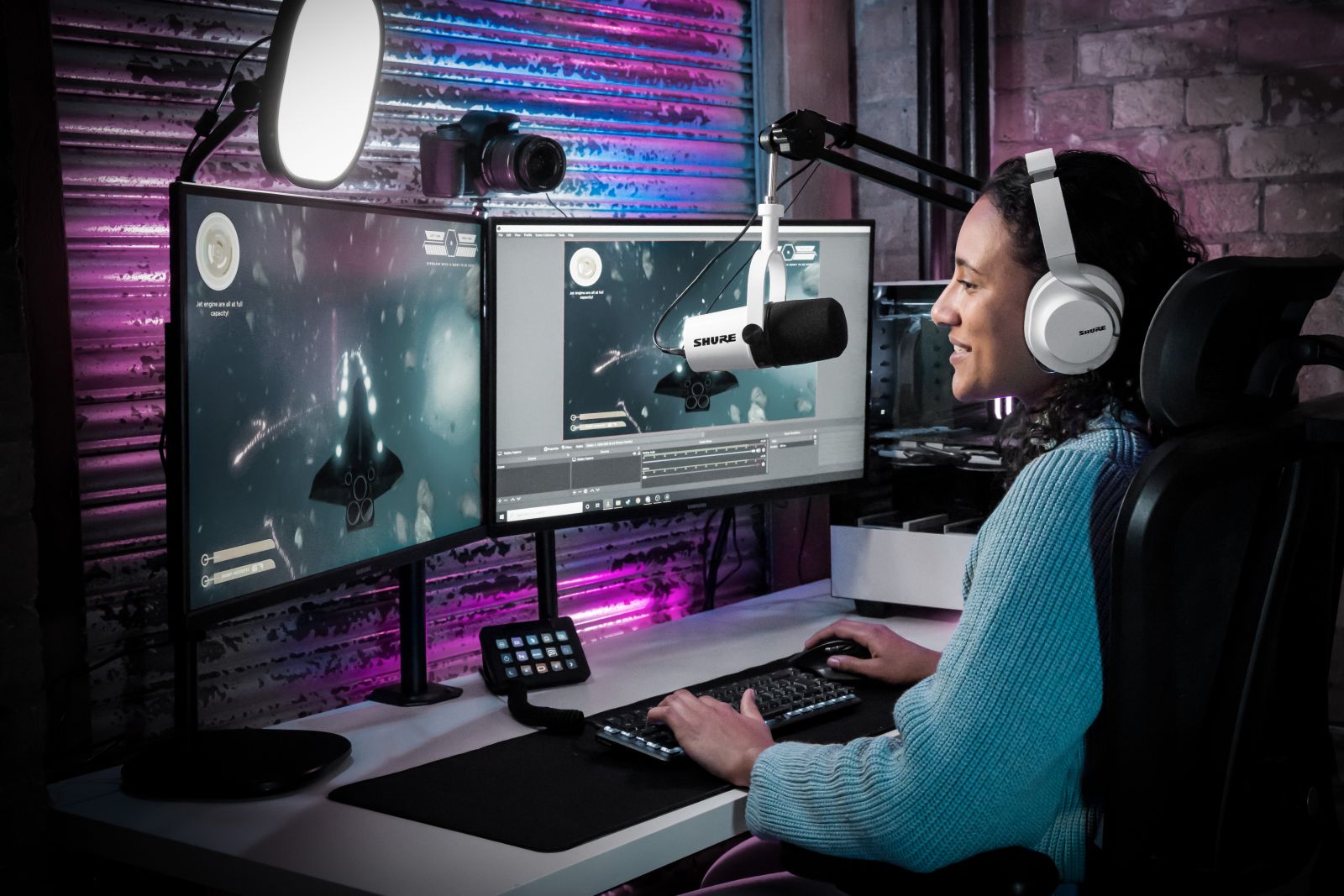
Audio sensitivity: 40 dB | Polar patterns: Unidirectional | Connectivity: USB Type-C, XLR | Frequency response: 50Hz- 16kHz
This microphone integrates with Open Broadcaster Software (OBS). Such a powerful combination guarantees top-notch sound quality. In addition, it harnesses Voice Isolation Technology and advanced DPS features to deliver audio that is crisp and clear even if the initial recording environment isn’t purely silent.
I particularly appreciate the possibility of adding a bit of style to my recording setup with the LED touch panel with 16.8 million color variations.
I tested this mic when recording podcast episodes. I was impressed by the real-time denoiser because it quickly removed the background noise from my audio. Another feature I’d like to highlight is the Auto Level Mode. With it, I can be sure audio levels are consistent across the entire recording. This microphone for podcasting has a beautiful LED touch panel. Thus, it can not only level up your video recording experience but also become a stylish addition to the entire setup. Connecting it to other equipment is easy thanks to the USB-C port.
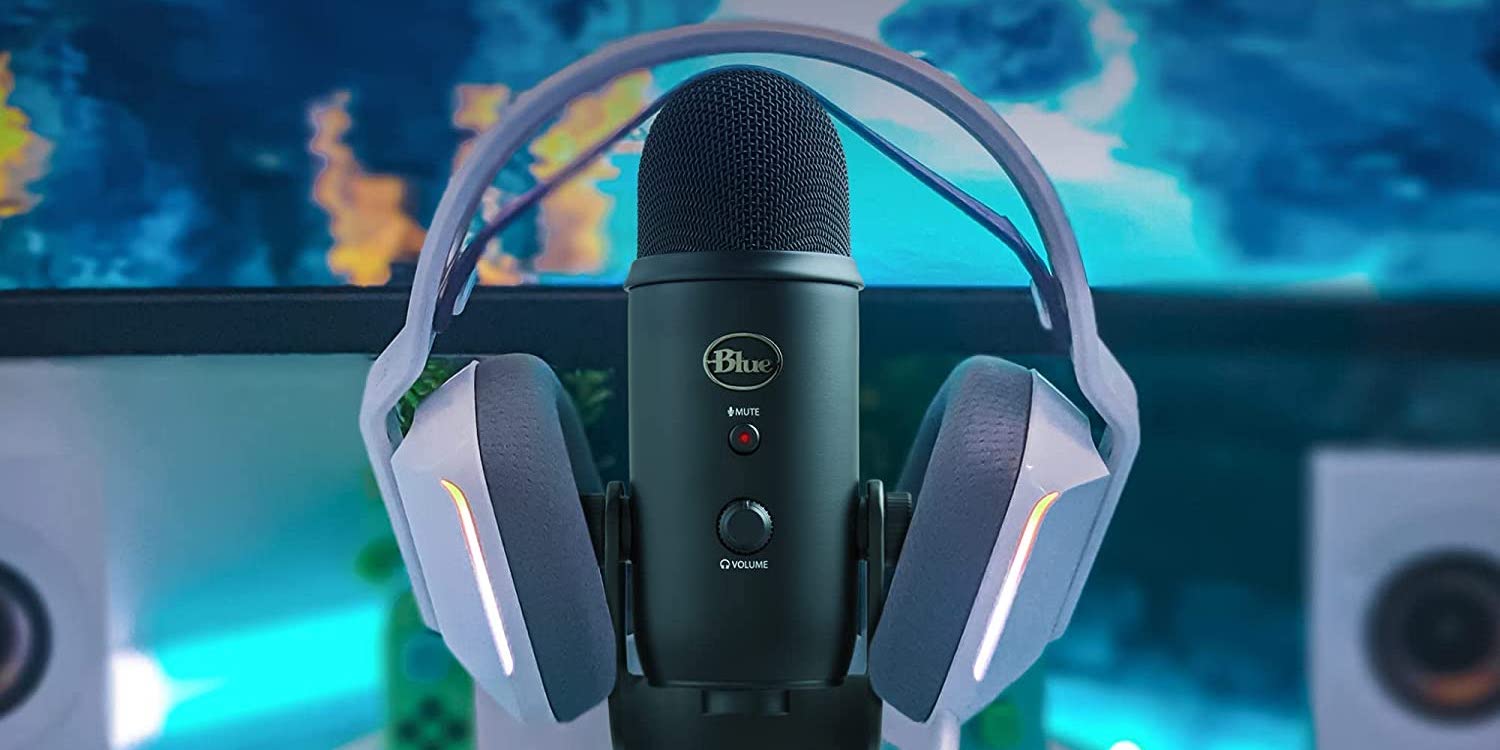
Audio sensitivity: 120 dB | Polar patterns: Multipattern | Connectivity: USB | Frequency response: 20Hz-20kHz
If you are looking for the best microphones for recording videos with the focus on Zoom calls, Logitech Blue Yeti is a fantastic choice. It's incredibly easy to set up. The process boils down to plugging it into your USB port and you're good to go. This microphone for Zoom meetings is compatible with Windows or Mac devices and requires only 64MB of RAM.
One of the things I love about this microphone is how easy it is to adjust the gain. No matter how loud or quiet I am speaking, I can quickly find the perfect setting. My voice sounds clear and distortion-free, which is paramount for any recording.
Plus, there are 4 different recording patterns – cardioid, bidirectional, omnidirectional, and stereo. I can use it for everything from singing to podcasting.

Audio sensitivity: 30 dB | Polar patterns: Omnidirectional | Connectivity: Wireless | Frequency response: 50Hz-16kHz
This wireless microphone for video recording was specifically designed for Mac users. If you own an iOS device 9.0 and higher, you can rely on it. I have used it for recording interviews, online conferences, and TikTok & YouTube content. I like that it is small and convenient, which is a particular advantage for on-the-go filming.
This wireless microphone for church stands out with its noise-canceling technology. Besides, a windscreen ensures crystal-clear audio, even in noisy environments. The 50-foot range made it perfect for vlogging because I can film at a distance without sacrificing sound quality.
I also like that it can work without interruptions for 4.5 hours. This is possible thanks to an extended battery life. Once the charge is off, you need to wait approximately 2 hours till the battery is full again.